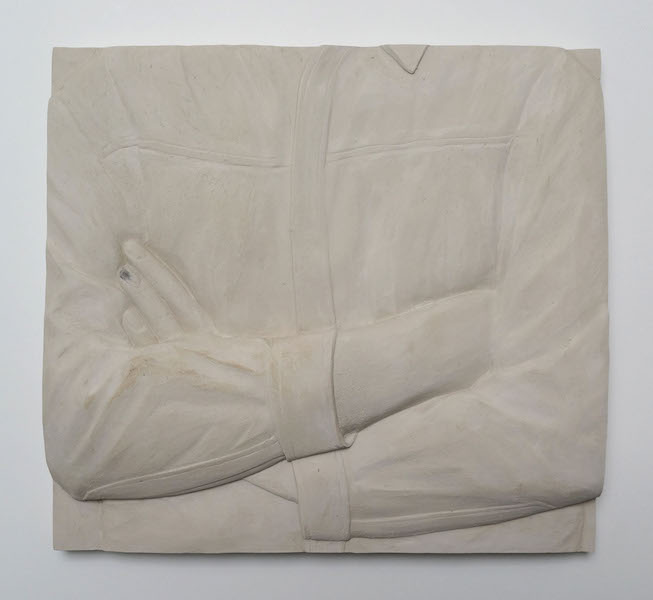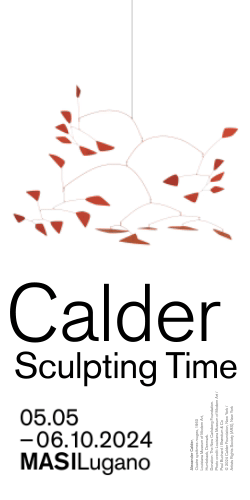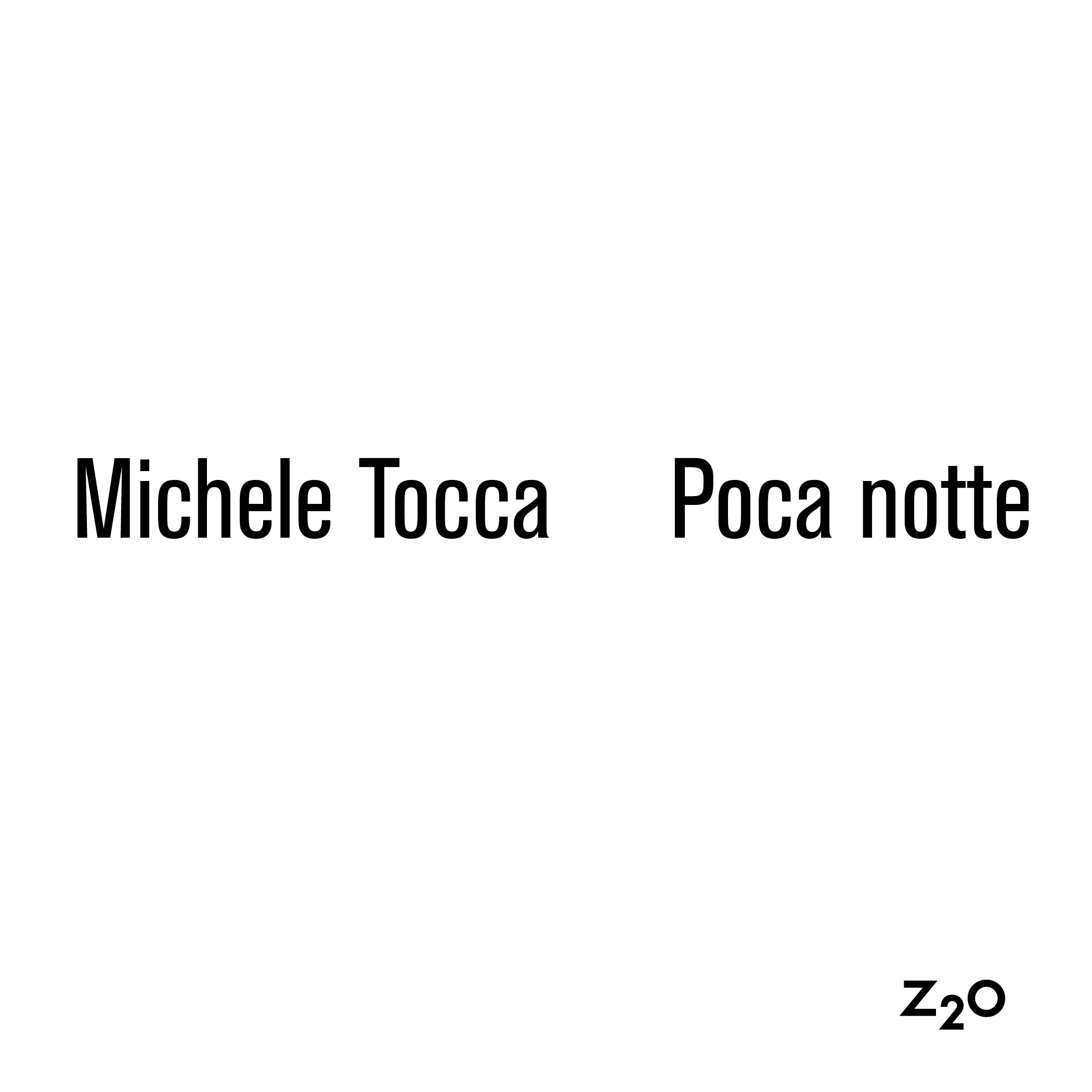[nemus_slider id=”64435″]
English text below
Inaugura alla Fondazione Arnaldo Pomodoro di Milano, nella fitta settimana di Art Week Milano, la mostra personale di Anna-Bella Papp, artista di origine romena che vive e lavora ad Anversa, le cui opere consistono in sculture di argilla cruda che si collocano liberamente fra astrazione e figurazione. Prima di tre Project Room 2017 – il cui progetto scientifico è curato da Simone Menegoi – la mostra A better view / A better layout / A better shower / Softer bed / Not so far from noise / More like home presenta un nucleo di opere, tutte inedite per l’Italia, che si distinguono per il loro carattere spiccatamente figurativo: sono rilievi che riproducono volti e dettagli di corpi di operai edili e dei loro utensili, quasi frammenti di un fregio celebrativo contemporaneo del lavoro operaio, che suscitano domande sulle condizioni di lavoro svolto nelle nostre economie neo-liberali, sull’identità di chi lo svolge e sulla sua visibilità sulla scena sociale.
La mostra è visibile dal 30 marzo al 19 maggio.
Segue l’intervista del curatore Simone Menegoi all’artista —
Simone Menegoi: Il tuo curriculum cita studi di cinema e fotografia. Come sei arrivata alla scultura? Credi che il tuo interesse nell’immagine statica e in movimento abbiano influenzato la tua pratica di scultrice?
Anna-Bella Papp: Si, è giusto dire che la fotografia gioca un ruolo importante nella mia pratica, perché sono cresciuta in uno studio fotografico e ho successivamente studiato fotografia, quindi sospetto che nel corso degli anni io abbia acquisito l’abilità di vedere il mondo per immagini. Le fotografie sono state importanti anche perché l’arte non era veramente accessibile nel luogo dove sono cresciuta. Le riproduzioni mi hanno attirata verso l’arte, e sono servite come strumenti per cercare di capire di cosa si trattasse.
Le immagini rappresentavano solamente le opere, o le sale di alcuni musei in differenti paesi, ma sempre astratte dal contesto, un fatto che mi ha sempre intrigato, al punto che fantasticavo spesso sugli artisti, i luoghi e i tempi in cui le opere erano state create. In seguito mi è sorta la curiosità di capire come ci si senta a guardare a qualcosa che viene “da nessuna parte”; in modo casuale mi sono imbattuta in una lastra di argilla, e così è cominciata la mia serie aperta di sculture. Se non altro, come fotografi, si è sempre consapevoli del fatto che c’è sempre un’immagine più grande che non può essere contenuta in una singola inquadratura rettangolare.
Sono condizionata da questo pensiero, cioè il rifare lo stesso lavoro diverse volte in modo differente, e tenerlo in qualche modo “vivo” e aderente al contesto. Questo potrebbe essere dovuto al fatto che ho avuto accesso a una quantità immensa di immagini vernacolari pervase da quel senso caratteristico di immediatezza, semplicità e franchezza?
SM: Il tuo lavoro sembra senza sforzo; sembra ti preesistesse, e che tu lo abbia semplicemente “scoperto”, piuttosto che inventato. Come sei arrivata alla formula dei lavori in argilla non refrattaria firmati? E’ stato veramente così semplice come sembra o nel risultato è racchiuso un lungo processo di prova ed errore?
A-BP: I primi pacchi di argilla mi sono stati consegnati in lastre molte simili al formato dei miei lavori. Spacchettare il materiale era un po’ come togliere il prezzo o il codice a barre da un libro nuovo, un gesto semplice, un passaggio da un sistema a un altro, il che ha reso l’oggetto personale ma non restituibile.
Certo, i primi tentativi non erano molto brillanti, forse c’era anche un desiderio inconscio di tornare indietro nel tempo, mentre si cercava di superare la possibilità della perdita rimanendo aderenti alla forma iniziale. Inoltre, le similitudini tra la forma della lastra di argilla e quella molto familiare delle risme di fogli A4 – A3, insieme ai libri e al polveroso monitor del computer su cui lavoravo, era un aspetto carino; forse perché assomigliava al formato universale di quello a cui prima il mio lavoro era costretto – è possibile che io l’abbia dato per scontato dato che era così conosciuto. Poi c’erano anche considerazioni pratiche, come la fattibilità della struttura, l’ergonomia, o, per dirla diversamente, il formato “originale” era così soddisfacente per me, che non c’erano ragioni di cercare soluzioni o miglioramenti.
SM: Perché hai scelto l’argilla – argilla non refrattaria, cioè un materiale che viene spesso associato agli hobby creativi più che alle arti visive – come tuo unico materiale scultoreo?
A-BP: Questa potrebbe essere un’idea largamente consolidata, ma non sono del tutto sicura che un materiale per sé possa definire categorie come hobby o arte, e trovo questa dicotomia alla Yin-Yang piuttosto problematica. Un amico mi ha spiegato un’ipotesi secondo la quale il mondo dell’arte è sostenuto dai negozi di belle arti e dai loro clienti, la maggioranza dei quali è evidentemente parte di quel sottogruppo dei cosiddetti “artisti della domenica”.
I prezzi bassi dell’argilla sono importanti per me, perché, nello scenario più ottimistico, c’è qualcosa di idealistico in questo, nel fatto che questo potrebbe rendere la mia pratica indipendente e libera da preoccupazioni legate alla sostenibilità e ai costi di produzione.

SM: Le tue sculture traggono ispirazione da molte fonti: storia dell’arte (inclusa quella antica e non occidentale), archeologia, architettura… L’architettura, in particolare, sembra giocare un ruolo importante nei tuoi riferimenti. Hai un interesse specifico in quest’arte?
A-BP: Sono naturalmente interessata all’architettura, ma in modo particolare alla nozione di casa. Come artista, si può tranquillamente decidere di non separare la sfera lavorativa e quella privata. Probabilmente anche il pubblico dell’arte, senza farsi influenzare dalla condizione di “vuoto” di gallerie e musei, cerca le stesse cose, gli stessi valori che cercherebbe altrove, anche all’interno delle mostre.
Per diverse ragioni mi sono spostata tra diverse città e nazioni fin da quando avevo 14 anni. Questa esperienza del processo di occupazione dello spazio, di rendere mio un luogo, entro un certo limite, e di creare legami con questo luogo, è molto probabilmente riflesso nel mio lavoro così come condiziona il mio stile di vita e il mio comportamento.
SM: Il cuore della mostra alla Fondazione Pomodoro consiste in un gruppo di lavori nettamente figurativi, che ritraggono dettagli di volti e corpi di operai edili. Mi puoi raccontare qualcosa in più sull’origine di questi lavori?
A-BP: Una larga parte dei lavori in mostra viene da un gruppo con il titolo collettivo di Nel Mio Cuore c’è una Stanza Progettata da Te, ed erano realizzati in relazione all’identità degli espatriati dell’Europa dell’Est di oggi. Ho pensato fosse importante riflettere sulla nostra tendenza (venendo da paesi post-comunisti) a voler diventare normali, semplicemente come chiunque altro, e al contrario il fatto di essere etichettati, per la maggior parte, come lavoratori.
Al tempo stesso ho riflettuto sulla domanda pressante intorno a come comportarsi con l’eredità dell’arte real-socialista. C’è qualcosa di inquietante nel fatto che oggi il concetto di lavoro abbia delle connotazioni negative, e, soprattutto, che attività rispettabili debbano essere intraprese in un ambiente d’ufficio, quando non stiamo esattamente vivendo su un piano strettamente intellettuale, non siamo ancora riusciti a trascendere i nostri corpi come in qualche racconto utopico, e che lo spazio fisico, come la proprietà immobiliare, sta dominando le strutture sociali.
C’è anche qualcosa di ironico nel fatto che, dato il mio paese d’origine, un pezzo di scultura modellato nel più figurativo degli stili, con una sensibilità che richiama quella di, diciamo, Donatello, sarà quasi certamente percepita, alla fine, come un riferimento o una critica ai canoni dell’arte dell’era sovietica.
(Traduzione dall’inglese di Martina Odorici)

A better view / A better layout / A better shower / Softer bed / Not so far from noise / More like home
Fondazione Arnaldo Pomodoro, Milano
30/03/2017 – 19/05/2017
During miart and Milan Art Week, the Foundation presents a solo exhibition of Anna-Bella Papp (1988), a Romanian-born artist living in Antwerp, curated by Simone Menegoi. Sophisticated and rigorous, Anna-Bella’s work consists of unfired clay sculptures freely placed between abstraction and figuration, image and matter. In the Foundation, she will present a group of distinctly figurative works, all unpublished for Italy: reliefs inspired by the building workers and their tools, nearly metopes of a contemporary frieze. These works will be matched with more aniconic ones, in which you can still read elliptical references to architecture.
Anna-Bella Papp’s exhibition renews the commitment made by the Foundation with the initiative of the Project Room, an observatory on the new generations of artists and on the changes in sculpture language, entrusted to the curatorship of Simone Menegoi throughout 2017.
Interview with Anna-Bella Papp
Simone Menegoi: Your CV mentions you studied film and photography. How did you come to sculpture? Do you think your early interest in still and moving image influenced your practice as a sculptor?
Anna-Bella Papp: Yes, it is fair to say that photography plays an important role in my practice because I grew up around a photo studio and have subsequently studied photography, so I suspect that over the years I have acquired a specific ability of seeing the world through images. Pictures were also important because art wasn’t really available in the place where I grew up. Reproductions attracted me to art in the first place, and have served as a tool in trying to figure out what was it all about.
The images were showing only the works of art, or as seen in some rooms in museums of various countries, always removed from their initial context, a fact that always intrigued me to the point when I would often try to imagine an artist, and the place and time in which a work was created.
Later, I felt curious to try out how it feels like to look at something that comes from “nowhere”; incidentally, I came across a pack of clay, that’s how it started with my open ended series of sculptures. If anything, as a photographer, one knows that there is always a bigger picture that cannot be framed in one single rectangular slice.
I am compelled by this thought, to remake the same work over again in different ways so to speak, and to keep it “alive” and true to the context somehow. Could this be due to the fact that I had access to an overwhelming amount of vernacular photographs that were imbued with the characteristic sense of immediacy, simplicity, and candor?
Simone Menegoi: Your work seems effortless; it looks as if it pre-existed you, and you just “discovered” it, rather than “inventing” it. How did you arrive to the formula of your signature works in unfired clay? Was it really as easy as it seems, or was it the result of a long trial-and-error process?
A-BP: The first packs of clay came packaged in a very similar slab like shape to the format of my works. Unpacking the material, was like removing the price tag or bar code from a new book, a simple touch, a passage from one system to another, that made the object personal but also nonreturnable.
Of course, the first attempts weren’t exactly brilliant, so maybe there was also an unconscious desire to turning back time, while trying to overcome the possibility of a loss by not going too far from the initial shape. Also, the similarities within the shape of the packs of clay and the very familiar stacks of A4 – A3 pages together with the books and the dusty computer screens I used to work on, was a nice aspect; maybe because it resembled the universal format of that to which my practice was confined to before – it is plausible that I just took it for granted since it was so well-known.
Then there were also practical considerations, such as, viability of structure and ease of handling; or to put it differently, the “original” format was so satisfactory to me, that there were no reasons to look for solutions or improvement.
SM: Why have you chosen clay – unfired clay, in fact, a material that is rather associated with creative hobbies than with visual arts – as your only sculptural material?
A-BP: This may be a widely accepted idea, however I am not entirely sure if a material alone can define categories such as hobby or fine-art, and find this almost Yin-Yang-like pair highly problematic. A friend of mine has explained to me a hypothesis according to which the art world is actually sustained by the artist’s supply stores and their clients, the majority of which is clearly belonging to the subgroup of the so called Sunday-artists.
The low price tag of clay is important to me, because there is something idealistic to it, in a best case scenario, this would render my practice independent and free from worries related to sustainability and production costs.
SM: Your sculptures draw on many sources: history of art (including ancient and non-Western art), archaeology, architecture… Architecture, in particular, seems to play a big role among your references. Do you have a specific interest in it?
A-BP: Naturally, I am interested in architecture, but especially in the notion of home. As an artist, one can easily choose not to separate working and private spheres of activity. Most probably, viewers of art in general too, would look for the same values and things in exhibitions as they do elsewhere, regardless the void-like conditions within galleries and museums.
For various reasons, I have been on the move from city to city and country to country since the age of 14. This experience of the process of occupying space, of making a place become my own to a certain extent, and of building up ties with it, is most probably reflected in my work as it is conditioning my lifestyle and behavior.
SM: The core of your exhibition at Fondazione Pomodoro consists in a group of distinctly figurative works, depicting details of faces and bodies of construction workers. Can you tell me more about the origin of these works?
A-BP: A large part of the works on view are from a group with the collective title In My Heart there is a Room Designed by You, and were made in relation to the “eastern”-European expats’ identity today. I thought it was important to reflect upon the tendency of ours (coming from post-communist countries), of wanting to become normal, just like anyone else, versus the fact that we are labelled, for the most part, as laborers.
In the same time, I’ve been thinking about the question marks around how to deal with the heritage of social-realist art. There is something unsettling to the fact that the notion of working has negative connotations today, and that for the most part, respectable activities should be undertaken in an office-like environment, while we aren’t exactly living on a strictly conceptual level, we have not yet transcended our bodies in some utopian fashion, and that, physical space, real estate for instance, are dominating social structures.
And too, there is something ironical to the fact that, given my country of origin, a piece of sculpture modeled in the most straightforward figurative style, with a sensibility recalling that of, say, Donatello, will likely end up being perceived as a reference to, or criticism of, the canons of soviet era art.













